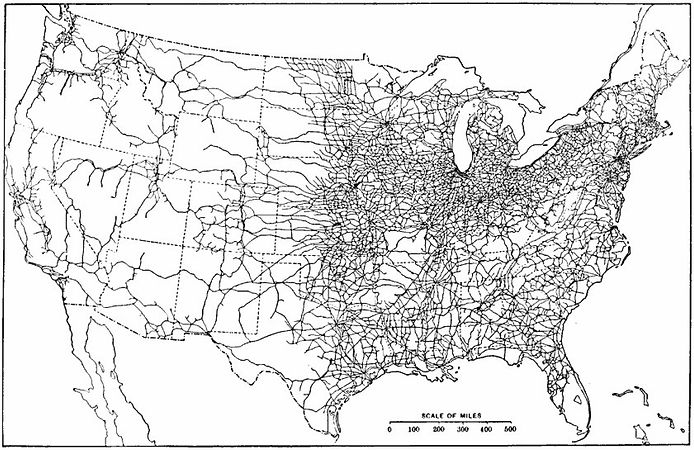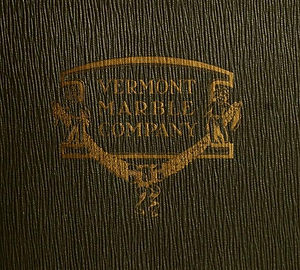VERMONT MARBLE COMPANY
The Vermont Marble Company was a critical force in the standardization of memorials in America. Memorials were traditionally procured from a local stonecutter, but technological advancements of steam and rail made possible the creation of industrial marble works beginning in the 1820s. During this time, the Vermont Marble Company monopolized the marble industry through acquisition of competitors, vertical integration of production, and establishment of a distribution network across the country. The marble industry thrived in the 19th century as so-called “rural” cemeteries transformed the burial landscapes of America, and the Vermont Marble Company capitalized on this trend. These new rural cemeteries were often located on the edges of a city, and monument dealers began establishing their retail shops nearby. Because dealers were the primary customers of the branch offices and rail was necessary to transport the product, the Vermont Marble Company opened offices which were either nearby a cemetery district or located on a rail line.
ABOUT THE
MARBLE INDUSTRY
American industry was transformed in the age of steam and rail, and the Vermont Marble Company was at the forefront of these changes. The company’s growth shows how technological innovation, vertical integration of production, and new modes of distribution resulted in the development of modern industrial corporations. New technologies improved the process of quarrying and finishing, reduced direct labor cost, and made mass production a possibility. The Vermont Marble Company was strategically invested in the advancement of transportation technology and purchased its own railway in order to integrate the production process from quarry to mill. By 1852, the marble-hub of Rutland, Vermont had connections to four major railroad lines that facilitated the Vermont Marble Company’s expansion by connecting it to the trans-continental railroad. The Vermont Marble Company became the largest marble producer in the world through a series of mergers and acquisitions during the 19th century, and it used the growing national railroad to set up a network of offices in urban centers from coast to coast. These vertically integrated sales offices gradually replaced local firms in the 20th century as the market for stone products consolidated.
Photo: Railroads of the United States, 1916.
Albert Perry Brigham & Charles T. McFarlane, Essentials of Geography.

MEMORIAL HANDBOOKS
The handbooks are product catalogs used by sales representatives at the Vermont Marble Company branch offices to sell their memorial stock to monument dealers. The handbooks are an excellent resource for understanding the variety of memorials made by the company.












